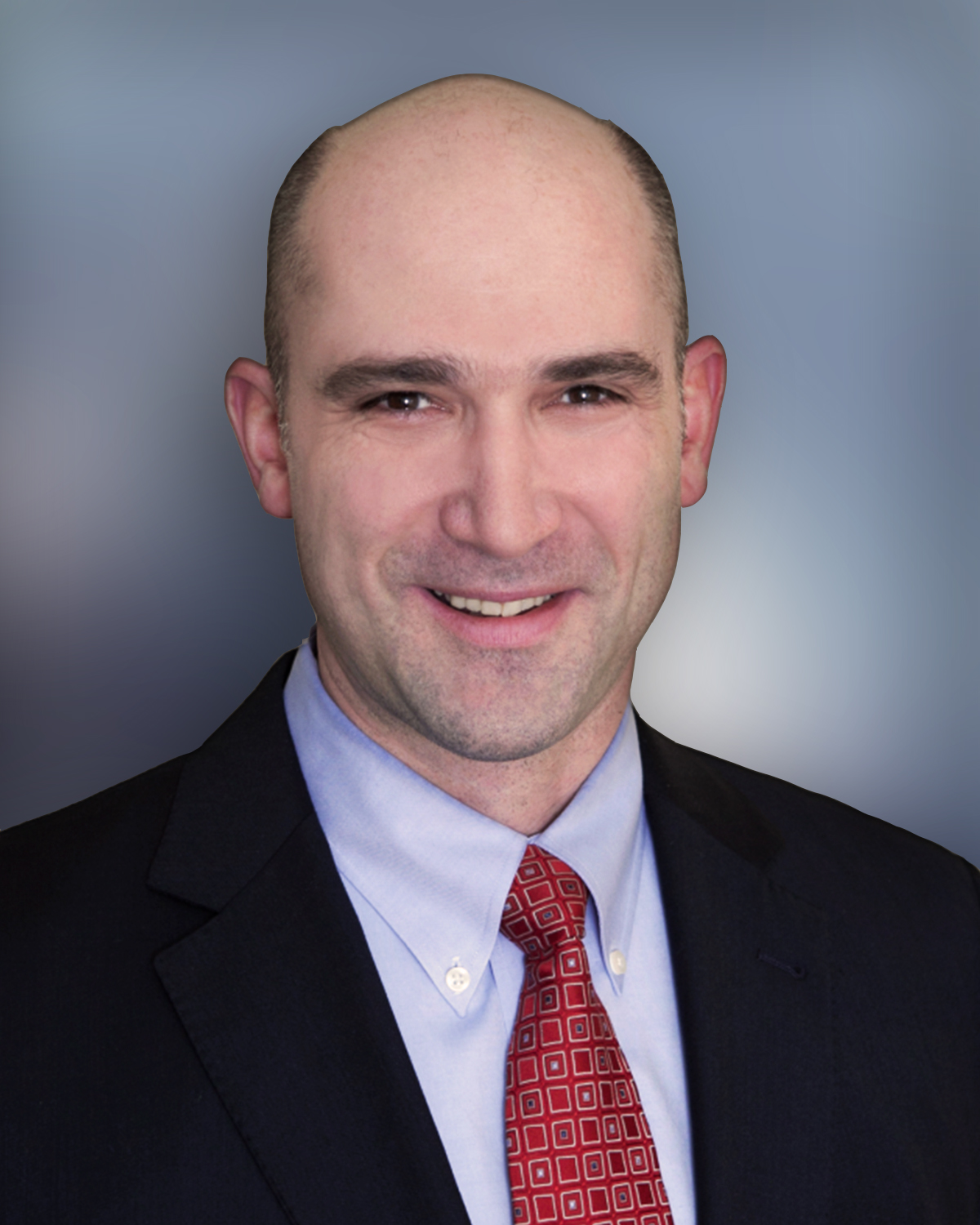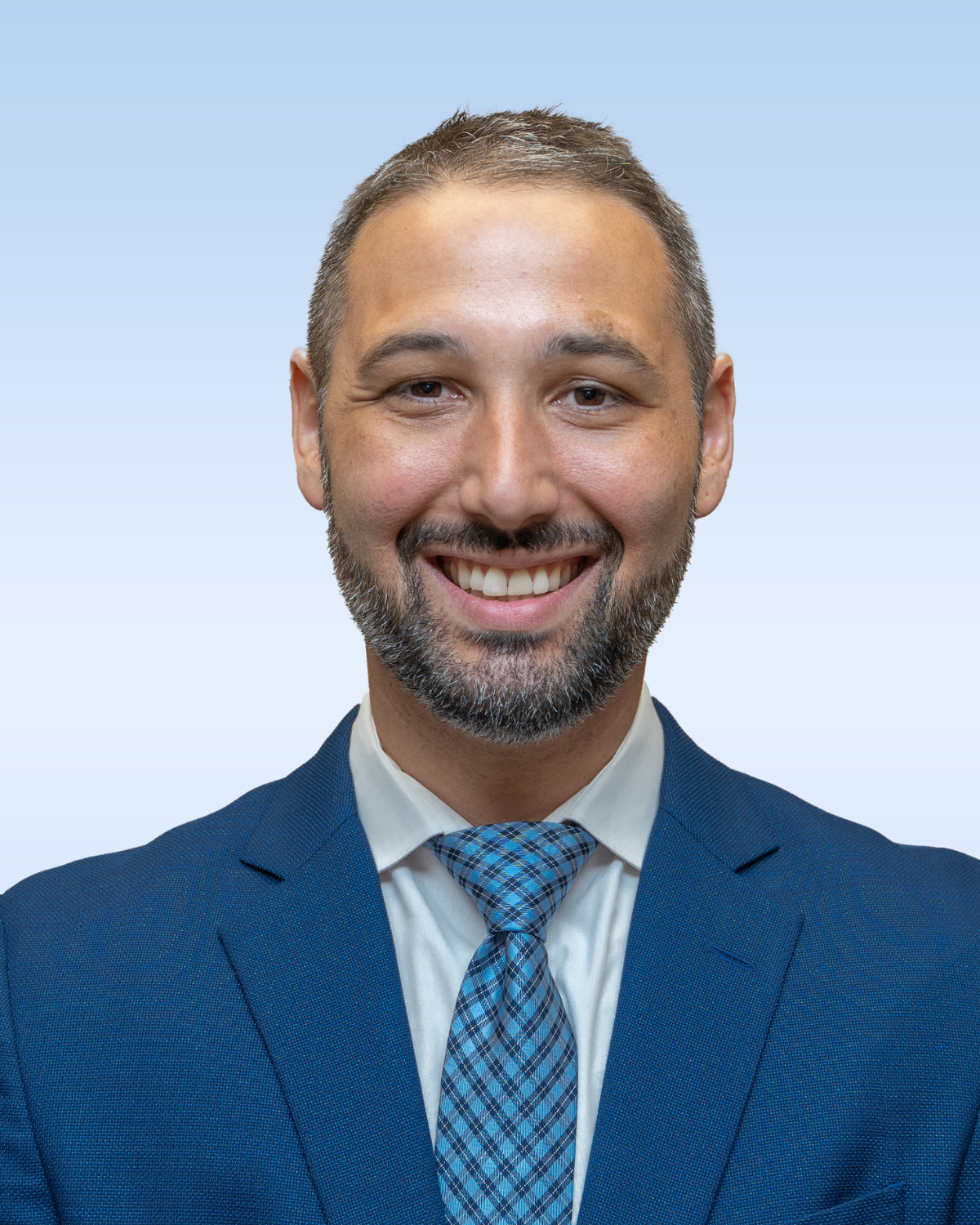Hip Dysplasia: Doctors, Causes, Symptoms & Treatments
What is Hip Dysplasia?
Hip dysplasia is a condition in which the hip socket is too shallow to support the head of the femur (thighbone). This can lead to progressive instability of the hip and possible dislocation. If left untreated, it can lead to delays in walking, development of a limp, and permanent joint derangement. Milder forms can lead to impingement and even arthritis which can be very painful.
Hip dysplasia is typically present at birth or developed in early childhood. In mild cases, the femoral head may simply be loose in the socket. In more severe cases, the hip can become unstable and may dislocate.
The primary goal of hip dysplasia treatment is to preserve the natural joint for as long as possible, while also addressing pain and other symptoms associated with the condition.
Meet Our Hip Dysplasia Specialists
Our pediatric orthopedic surgeons at Seaview Orthopaedics, Dr. Paul Haynes, Dr. Christopher Collins, and Dr. Jon Lentz specialize in the treatment of hip dysplasia. They will work with you and your child to develop a treatment plan that best meets your child’s needs.
Schedule An Appointment with Our Hip Dysplasia Specialists
Causes and Symptoms of Hip Dysplasia
Hip dysplasia may be present at birth, or may develop during early childhood. Although hip dysplasia can develop in any person (and in either hip) it is more common in girls, first-born children, and babies born in the breech position. Hip dysplasia also tends to run in families.
Over time, hip dysplasia can cause damage to the cartilage and labrum in the hip. This can cause hip pain that may be occasional or mild at first, but may get worse over time. With hip dysplasia, pain typically increases with activity. Other symptoms of hip dysplasia include popping, catching, or locking of the hip.
Hip Dysplasia Treatment
Our pediatric orthopedic specialists offer both surgical and nonsurgical treatment options for patients with hip dysplasia. Treatment options are recommended based on the severity of the patient’s condition.
The mainstay of nonsurgical treatment is early diagnosis with a physical exam and ultrasounds, followed by X-rays of the pelvis as the baby ages. Non-surgical treatments initiated in the first year of life prevent late symptoms from developing. Bracing and casting can correct most dysplastic hips when caught soon after birth.
Nonsurgical treatments are typically recommended as the first course of action when treating hip dysplasia. Nonsurgical treatments may include lifestyle modification, physical therapy, and anti-inflammatory medications to help with hip pain. Patients may also receive cortisone injections in the hip to provide pain relief.
Children with hip dysplasia typically need to have follow-up visits with their doctors every 6 to 12 months to check for progression in hip dysplasia that may warrant further treatment.
If nonsurgical treatments do not relieve symptoms, or if symptoms continue to progress, surgery may be recommended.
There are numerous surgical procedures that may be used to treat hip dysplasia in children. In very young children, both closed and open reductions of dislocated hips can be performed in the operating room, followed by spica-casting to maintain the hip in the correct position. In older children, these less invasive procedures often fail and require more extensive surgeries such osteotomies of the femur and pelvis to correct hip alignment.
In teenagers and young adults, if the labrum is damaged or torn, arthroscopic surgery may also be recommended in conjunction with the osteotomy. With arthroscopy, your pediatric orthopedic surgeon can reattach the torn labrum and trim any torn, frayed, or weakened tissue to provide pain relief.
Osteotomy procedures typically require a hospital stay of at least 2-4 days. Most patients will need to wait 6 weeks to 3 months before they are able to bear weight fully on the hip. During this time, your child may use crutches to get around.
Once it is safe, your child will begin physical therapy. Seaview Orthopaedics offers physical therapy on-site at all six of our office locations for the convenience of our patients. Physical therapy exercises will focus on range of motion, flexibility, and strength in the hip.
Hip Dysplasia in Central Jersey & Jersey Shore
Our pediatric orthopedic surgeons at Seaview, Dr. Paul Haynes, Dr. Christopher Collins, and Dr. Jon Lentz, offer a number of different treatment options for hip dysplasia. If you would like to learn more about hip dysplasia treatment for your child or would like to schedule an appointment with Dr. Haynes, Dr. Collins or Dr. Lentz, call our office at (732) 660-6200. You can also book an appointment via our online scheduling service.
Schedule An Appointment with Our Hip Dysplasia Specialists




